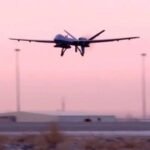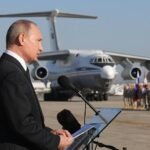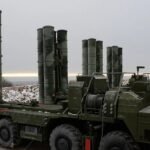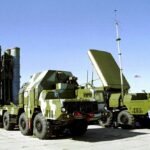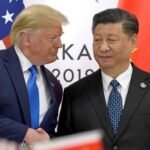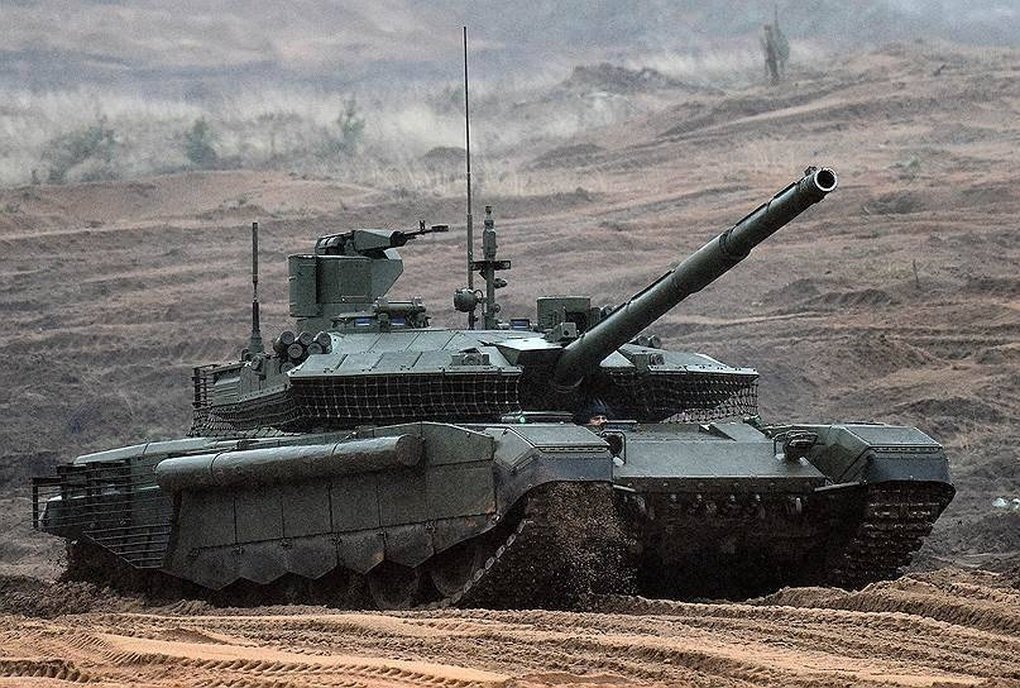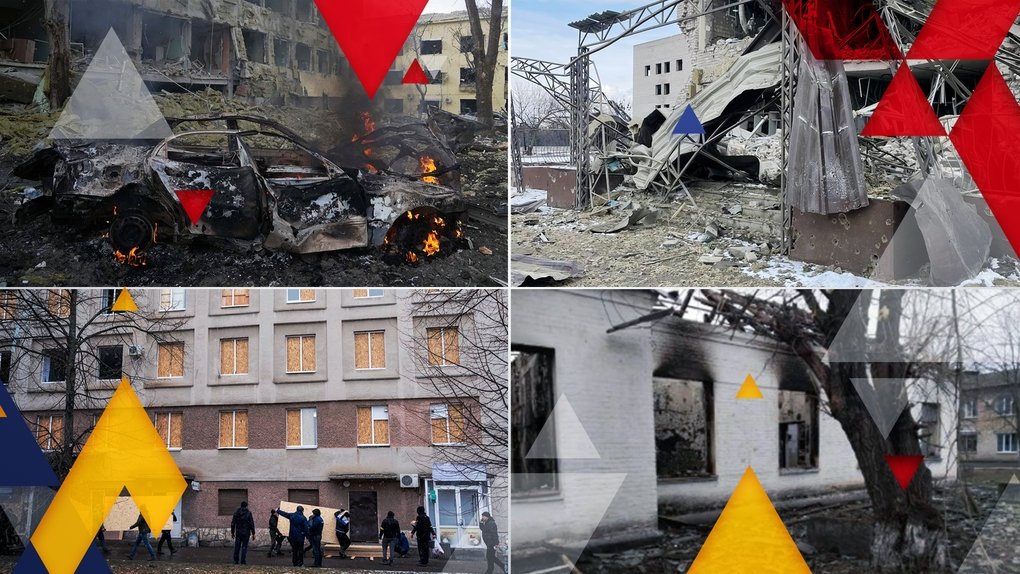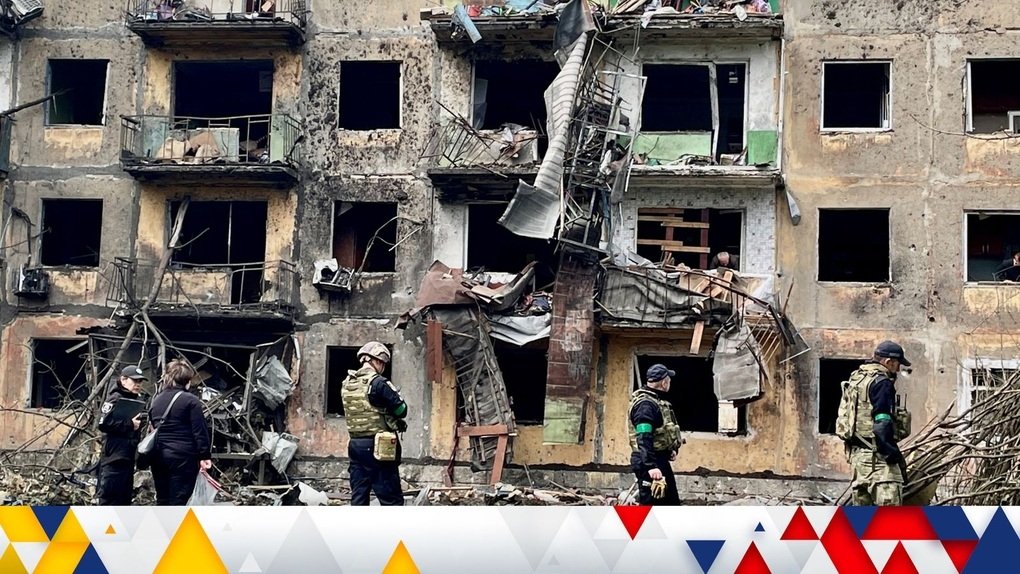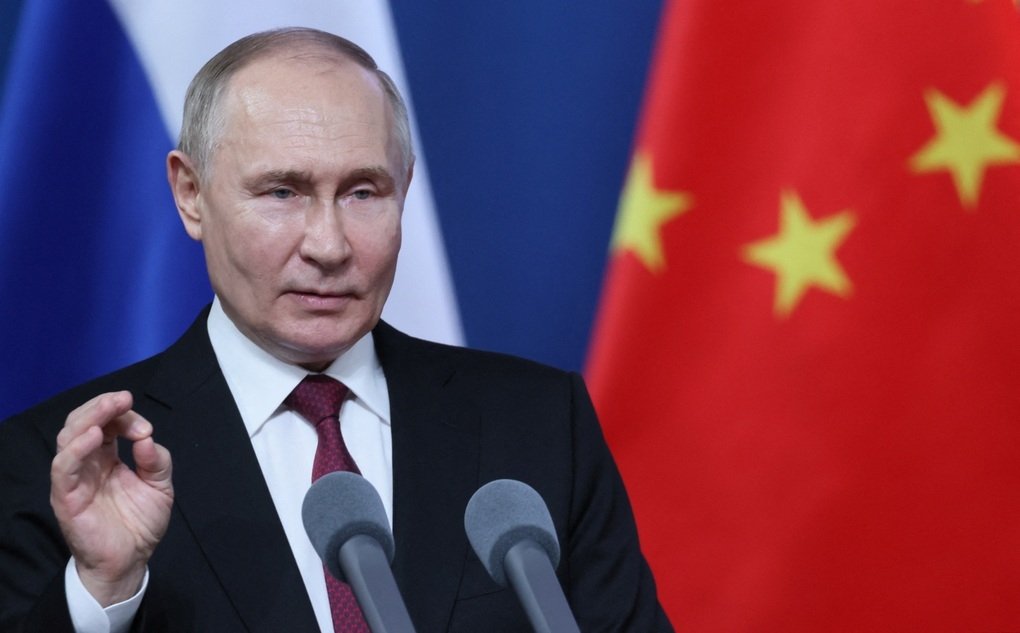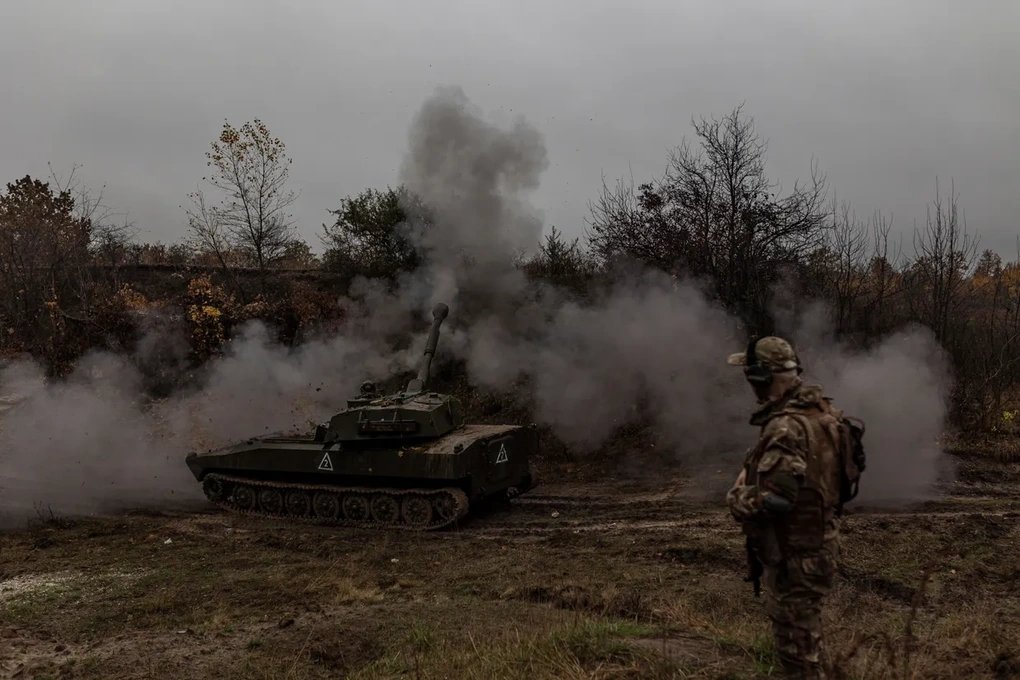(Dan Tri) – ISW analysts estimate that Russian forces have advanced no more than 8km from the northern border of the Kharkiv region and intend to create a `buffer zone` instead of advancing deeper into the territory
Russian T-90M Proryv tank (Photo: Russian Ministry of Defense).
A May 15 report by the US-based Institute for the Study of War (ISW) noted, the pace of Russian offensive operations in the northern Kharkiv region continued to decline after it first captured the
President Volodymyr Zelensky and the Ukrainian army said Kiev forces had somewhat stabilized the situation in the northern region of Kharkiv, bordering Russia.
Nazar Voloshin, representative of the Khortitsa (eastern) strategic and operational group of Kiev forces, said that Russia is trying to achieve tactical successes near Lukyants and Volchansk in order to create bridgeheads for the attacks.
However, Ukraine’s counterattacks, artillery raids and drone attacks prevented that, preventing Russian troops from gaining a foothold in these areas.
A representative of the Kharkiv regional government said on May 15 that continuous Russian shelling made it impossible for Ukraine to establish fortifications within 3 to 5km of the border in the Kharkiv region, and at the same time Kiev forces built
ISW estimates that Moscow forces have advanced no more than 8km from the northern border of the Kharkiv region.
Currently, Moscow forces can easily launch artillery attacks on Kiev’s positions, leaving the fortification system near the border vulnerable and possibly defenseless.
Since May 10, Moscow forces have achieved tactical successes in the north of the Kharkiv region, in areas where the Ukrainian army did not intentionally establish important defense lines, and now

War map of Ukraine in Kharkov on May 15.
Notable comments in ISW’s May 15 report:
First, the pace of Russia’s offensive operations in the northern Kharkiv region continues to slow after it first captured areas that Ukrainian officials confirmed were less fortified.
Second, the US Helsinki Commission proposed that Washington should allow Kiev to carry out attacks on military targets in Russia’s border areas in the context of Moscow’s ongoing attack in the Kharkov region,
Third, Kremlin chief Vladimir Putin continues to consider mobilizing more of Russia’s defense industrial base a top priority, while trying to allay possible domestic concerns about the negative consequences.
Fourth, Mr. Putin especially noted that the Russian defense industry needs to improve the quality of weapons.
Thursday, the Kremlin confirmed the appointment of commanders of the newly established Moscow and Leningrad military districts and other military district commanders on May 15.
Friday, US Secretary of State Antony Blinken, during a joint press conference with Ukrainian Foreign Minister Dmytro Kuleba on May 15, announced that Washington would provide Kiev with a `defense enterprise fund` worth $2 billion.
Saturday, the General Directorate of Defense Intelligence of Ukraine reportedly attacked a Russian oil depot in the Rostov region on the night of May 14-15.
Eighth, the Russian military has recently made confirmed advances in the northern Kharkiv region, near Seversk and western Donetsk.
Ninth, Secretary of the National Defense and Security Council of Ukraine Alexander Litvinenko estimated on May 15 that the Russian army will have enough tanks and armored fighting vehicles for the conflict within the next year and a half in Ukraine thanks to
